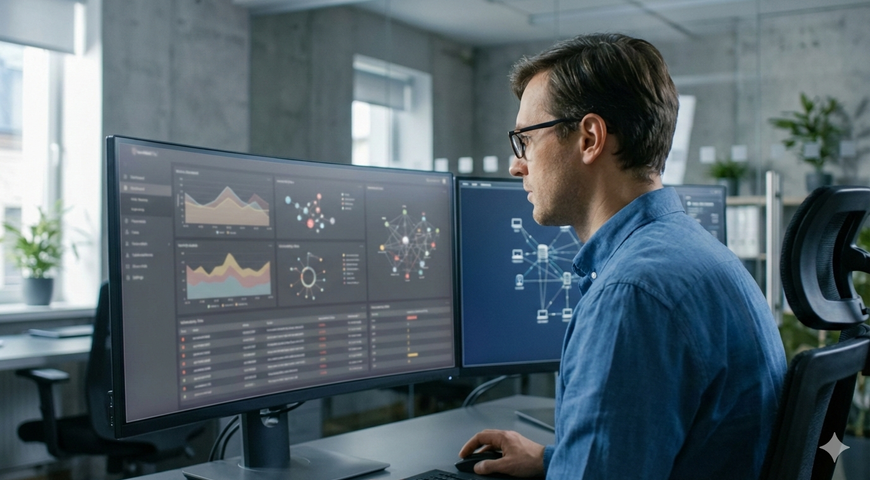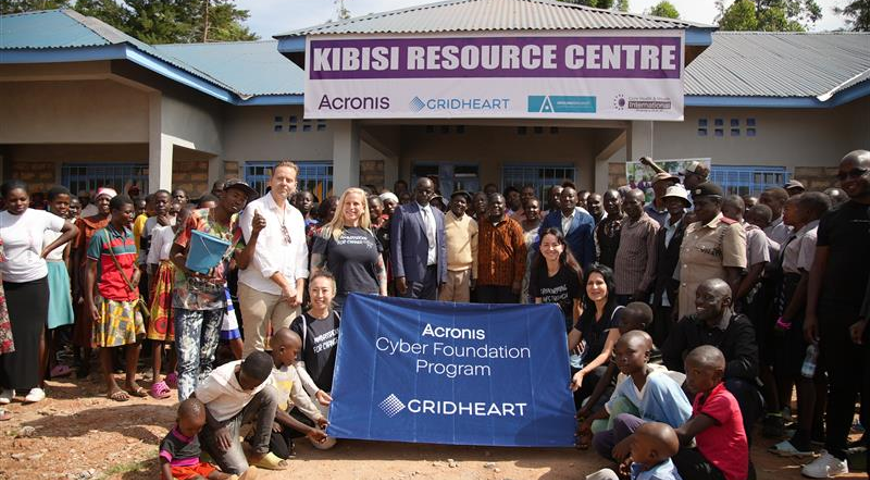Filmmaking has come a long way since the VHS tapes and bulky cameras of the ‘90s. But along with new technology comes the need for increased data storage capacity — and a higher risk of data loss.
Todd Hoyer is a Chicago-based filmmaker who owns and operates Vanamonde Media, a video production company that serves advertising agencies and e-learning companies. Hoyer has perfected his data storage and backup methods, coming a long way from his analog video days in college 18 years ago.
The Data
Hoyer shoots most of his video in HD, which means he brings about 64 gigabytes of digital storage cards with him to each shoot. He also brings along a laptop and a 500-gigabyte external drive to copy the final footage onto.
A three- to four-hour shoot results in about 30 minutes of finished, edited footage, and this back-end work is Hoyer’s main focus.
“By the time we are into the edit, copies of media files are in three places: my laptop, the external hard drive and my work station,” he says.
After transferring the files onto his editing computer and reviewing the footage, Hoyer then clears those files from his laptop and SD cards to make space for the next shoot.
The Protection
“I have a six-terabyte external FireWire drive that I copy everything onto, so it’s like a mirrored drive,” says Hoyer.
This external drive mirrors seven-terabytes of internal storage on Hoyer’s computer, which holds all of the files for ongoing projects.
“I make sure I have a copy of everything current, both at the office and at home,” he says.
Hoyer also stores a copy of recent projects on his smaller 500-gigabyte drive and keeps that drive at home, in case something were to happen to his studio.
“In the old days, our original archive used to be actual tapes. We’d shoot on tape, and then digitize the footage onto a computer. But those computers didn’t have the storage capacity we needed. Once you were done editing, you had to get rid of the digital footage and keep an edit list in case you had to go back to the original tapes for footage,” he says with a laugh.
Thankfully, that’s no longer an issue because external hard drives are now relatively inexpensive and can hold a large amount of memory.
After about three or four years, Hoyer fills up the seven terabytes of storage on his computer. At that point, he’ll replace the internal SATA hard drive, label it with project names and store it at home for safekeeping.
Hoyer also uses Adobe Creative Cloud storage, which automatically saves the project files he’s working on.
“If bandwidth got to the point where I could have raw media on the cloud, I would definitely utilize that,” he says. “But, it’s kind of unrealistic at this point because that could mean 40 gigabytes of footage an hour being uploaded.”
Hoyer does share finalized projects with clients via cloud services such as Vimeo.
Biggest Data Disaster
“You have to be prepared for any sort of hard drive failure, because it happens all the time,” says Hoyer. “For me it’s more about redundancy than archiving. We can still read information stored on stone tablets thousands of years ago, but information stored on hard drives seven years ago may not be accessible.”
Hoyer says his worst data catastrophes are when his hard drives fail, and he’s developed his backup system after lots of trial and error. Luckily, in those situations, Hoyer has always been able to find a copy of his missing work.
So where is film technology headed next? Hoyer says the next big thing is 4K ultra-high-definition footage. 4K data rates are eight to 16 times greater than those of HD, and the technology presents a growing need for faster hard drives and flash-based storage.
Along the way, Hoyer has learned how (and what) to back up when moving to new editing software, which happens every three to four years.
“As you move into the new system, there are going to be subtle changes to workflow,” he explains. “Each time something changes or is new, you are constantly tweaking your workflow to make it more efficient and more secure.”
Read more:
About Acronis
A Swiss company founded in Singapore in 2003, Acronis has 15 offices worldwide and employees in 50+ countries. Acronis Cyber Protect Cloud is available in 26 languages in 150 countries and is used by over 21,000 service providers to protect over 750,000 businesses.



